Good plants for shallow container without drainage holes?
emilylime
14 years ago
Featured Answer
Sort by:Oldest
Comments (8)
tapla (mid-Michigan, USDA z5b-6a)
14 years agoemerald1951
14 years agoRelated Professionals
Wilmington Landscape Contractors · Canby Landscape Contractors · Del Aire Landscape Contractors · Hoover Landscape Contractors · National City Landscape Contractors · Ramsey Landscape Contractors · San Antonio Landscape Contractors · Smyrna Landscape Contractors · West Coon Rapids Landscape Contractors · Wethersfield Landscape Contractors · Casselberry Landscape Contractors · San Pablo Landscape Contractors · Clearfield Landscape Contractors · Bel Air North Interior Designers & Decorators · Mount Laurel Interior Designers & Decoratorsjeannie7
14 years agobekwud
3 years agogardengal48 (PNW Z8/9)
3 years agomorpheuspa (6B/7A, E. PA)
3 years agotapla (mid-Michigan, USDA z5b-6a)
3 years ago
Related Stories

GARDENING AND LANDSCAPINGHow to Make a Pond
You can make an outdoor fish paradise of your own, for less than you might think. But you'll need this expert design wisdom
Full Story
CONTAINER GARDENSContainer Garden Basics: How and When to Water Potted Plants
Confused about soil moisture, the best time to water and what watering device to use? This guide can help
Full Story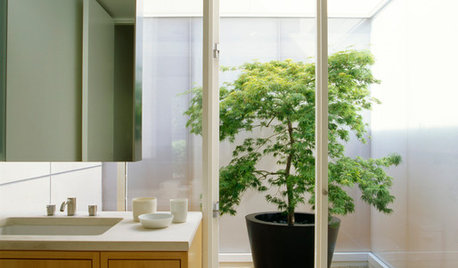
FEEL-GOOD HOMEBathrooms Without Borders Bring the Outside In
These elegant indoor-outdoor bathrooms inspire an easy, breezy vacation feeling
Full Story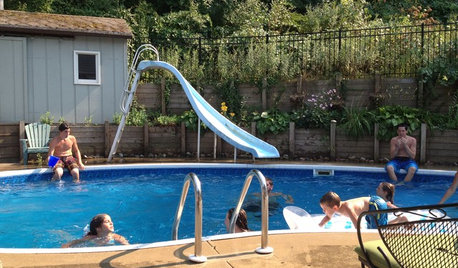
LIFEHow to Make Your House a Haven Without Changing a Thing
Hung up on 'perfect' aesthetics? You may be missing out on what gives a home real meaning
Full Story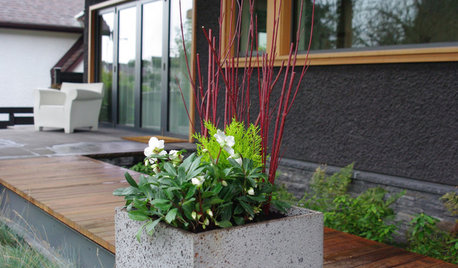
WINTER GARDENING7 Container Plantings to Bring Winter Gardens to Life
Adding instant color but with long-lasting practicality, these plant groupings are bright spots in a slumbering wintertime garden
Full Story
FARM YOUR YARDHow to Get Good Soil for Your Edible Garden
The nutrients in your soil feed the plants that feed you. Here are tips on getting it right — just in time for planting season
Full Story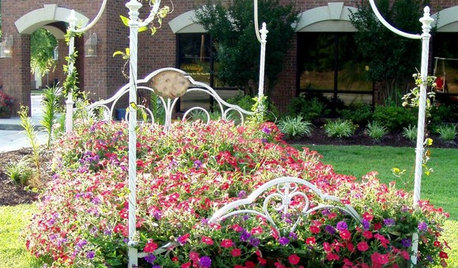
CONTAINER GARDENSYes, You Can Grow a Plant In That
You can upcycle your old typewriter, paint cans, tires and many more things into places for your plants
Full Story
DECORATING GUIDES12 Ways to Cool Your Home Without Air Conditioning
If your summer energy bill is leaving you hot under the collar, consider these savvy alternate strategies for cooling down
Full Story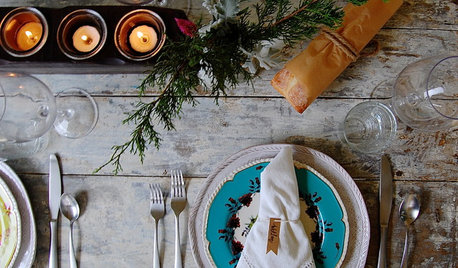
HOLIDAYSSpend Less Without Being a Grinch: 8 Holiday Ideas
Give meaningful gifts and use nature's decor to work holiday magic without blowing your budget
Full Story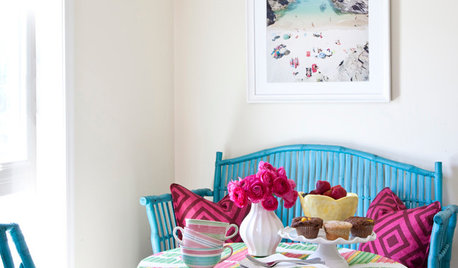
COLORSteep Your Rental in Color — Without Painting the Walls
Let your favorite hues loose without skirting your lease, with these room-by-room ideas for apartments and other rented homes
Full StorySponsored
Zanesville's Most Skilled & Knowledgeable Home Improvement Specialists
More Discussions









tapla (mid-Michigan, USDA z5b-6a)